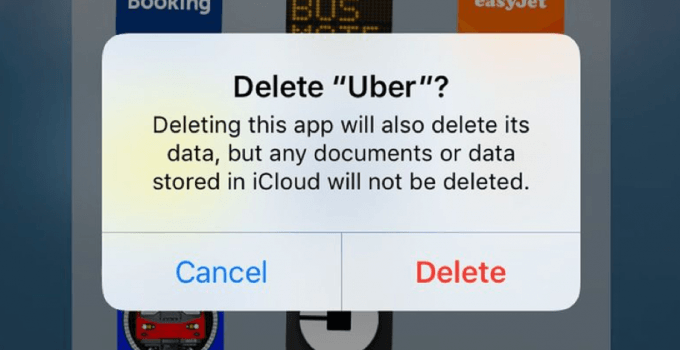
By Alex Pollak, CIO Loftus Peak
Do not expect Uber to right itself now that CEO Travis Kalanick has “resigned.” The company’s problems run far deeper, and the story has far from played out.
Case in point: Kalanick’s is the resignation that isn’t. He states that he has ‘accepted the investors request to step aside’ but goes on to say he will “continue to serve on the board, and will be available in any and all ways to help.”
Students of corporate life will know that this comment means the new CEO – any new CEO – will be shadowed by Kalanick’s continuing presence on the board (and the share register), to say nothing of the minions who will back-channel on every little thing they think Travis should know.
So the value of Uber has been falling. It was almost US$70b at the beginning of this year, but the private tech market suggests a valuation today closer to US$50b.
And it may not have bottomed out. In addition to the CEO, other newly vacant positions are chief operating officer and chief financial officer, with questions around the chief technology officer and other senior roles in business, marketing and communications.
Uber has been the ultimate network play, up until now. The customers have booked where the drivers are, and the drivers will drive on networks with the most customers.
Uber has correctly chosen to lose money by providing the most financial incentives for drivers (ie giving away the most money) while at the same time building market share with lots of free and discounted rides for passengers.
All good. The company to date has raised US$11b, most of which has been spent (which accounts for the losses) to pay for the above, and in the process created a new gold standard relative to taxi services of varying quality in many countries around the world.
But now it has come to light that the problems within Uber are much much larger than has been widely appreciated, and are an existential threat to the company. The report by Eric Holder, and various legal actions already in train, paint a picture of a company not just troubled at the top – there are 13 recommendations for basic procedures which legally need to be put in place – but also potentially thousands of complaints at passenger level.
For example, the UK Independent reports that Uber drivers were accused of 32 rapes and sex attacks on London passengers last year. A Buzzfeed story reportedly sourced from an internal customer service screenshot log revealed the search query for “sexual assault” returned 6,160 Uber customer support tickets. Other variations of the terms yield similarly high returns: A search for “assaulted” shows 3,524 tickets, while “sexually assaulted” returns 382 results.
Of course, many of these logs may be inaccurate. But it almost doesn’t matter. The relationship between driver and passenger is a close one built on trust – late at night, after a few drinks, passengers are at their most vulnerable.
Passengers will begin to feel unsafe. And passengers do not go where they feel unsafe. And drivers will follow the passengers – to another company.
Uber may be becoming the poster child for the network effect – but in reverse.
Corporate culture is generally a soft issue for many investors, but events at Uber open up the very real possibility that if a wound to this part of the body corporate is bad enough, even if everything else is ok, it could be fatal. There would be very few instances in business history of this happening.
We are already seeing the outworking of this with a resurgence of new competitors – for example Shebah, a car service with women drivers for women, which of course is perceived as safer for women (rightly or wrongly). And Lyft, which some had written off as a distant number two, but which recently raised US$600m at a US$7.5b valuation. Or Ola, the Indian version, which recently raised capital at a valuation of US$3b.
Meanwhile, the discussion about Uber being valueless because it’s a Ponzi scheme (it isn’t – new capital is not used to pay out old capital) or because its product is a car with driver, when the model will ultimately be driverless, misses the point.
There is nothing to stop Uber from changing the model (although the Google action against the company based on a claim that its intellectual property was stolen isn’t a positive).
For example, Netflix’ original business was dvd’s in the mail, but when the time came to shift to on-line downloads the company was in the box seat to capitalise because it had the enormously valuable customer data set.
Uber’s fate, in all probability, is that it will be sold. The customer lists are valuable, and the company could once again shine in the hands of new owners who care about the company’s reputation – and realise that its good business to do so.
Share this Post

